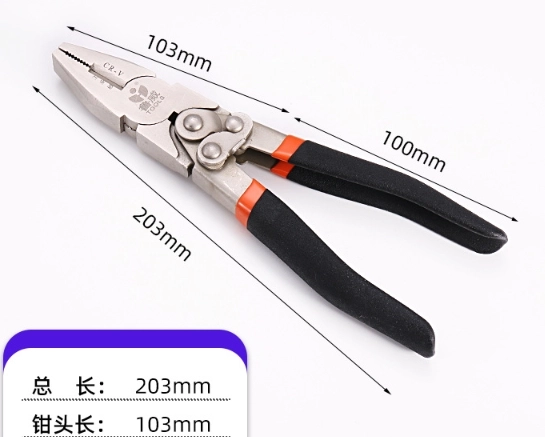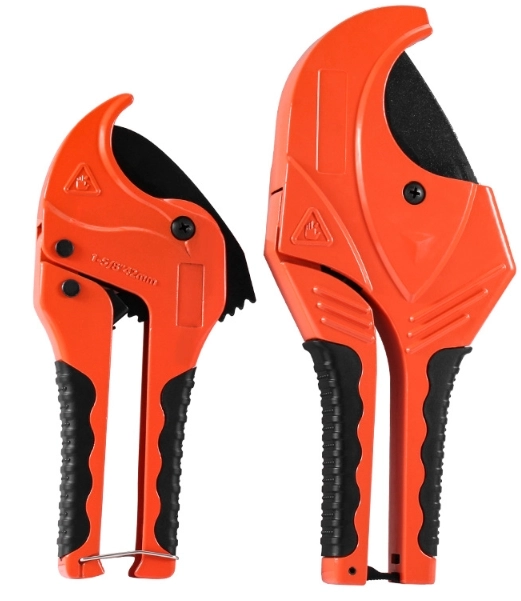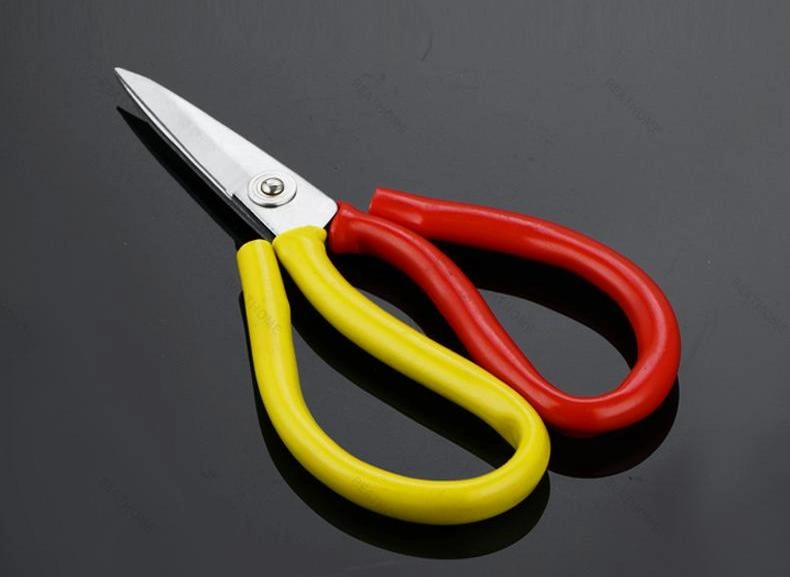The development history of wire cutters
Feb 19,2025

**The Development History of Wire Cutters**
Wire cutters, also known as wire snips or wire clippers, are essential tools in various industries, from electrical work to jewelry making. Their evolution is a fascinating journey that reflects advancements in technology and changes in user needs over the centuries. This article delves into the history of wire cutters, exploring their origins, innovations, and the role they play in modern society.
**Origins of Wire Cutters**
The history of wire cutters can be traced back to ancient tools used for cutting materials. Early civilizations utilized rudimentary cutting implements made from stone, bone, or metal to perform tasks that required severing various materials. However, the specific design of wire cutters as we know them today began to take shape during the Industrial Revolution in the 18th and 19th centuries.
During this period, the demand for more efficient tools grew alongside advancements in manufacturing processes. The first wire cutters were likely simple pliers or tongs, modified to handle wire effectively. Craftsmen began to realize the need for specialized tools that could easily cut through different gauges of wire, leading to the development of dedicated wire cutting tools.
**The Evolution of Design**
As the 19th century progressed, the design of wire cutters underwent significant changes. The introduction of the compound leverage mechanism allowed for greater cutting power with less effort. This innovation was crucial, especially for electricians and mechanics who frequently worked with tough wires and cables. The ability to cut through thicker materials without excessive force improved productivity and reduced the risk of injury.
By the late 19th century, wire cutters had evolved into a more standardized tool. Manufacturers began producing wire cutters in various sizes and shapes to accommodate different needs. The introduction of hardened steel blades made it possible to create sharper and more durable cutting edges. This development greatly enhanced the efficiency and longevity of wire cutters, solidifying their place as essential tools in various trades.
**The 20th Century: Specialization and Innovation**
The 20th century brought about a wave of innovation in tool design and manufacturing. Wire cutters became increasingly specialized, catering to specific industries and applications. For instance, the introduction of diagonal cutting pliers, or "dikes," allowed for precision cutting at an angle, making them particularly useful for electricians who needed to trim wires in tight spaces.
Additionally, advancements in materials science led to the development of lightweight and durable materials such as aluminum and high-carbon steel. This not only improved the performance of wire cutters but also made them more accessible to a broader range of users. Ergonomic designs were also introduced, enhancing user comfort and reducing fatigue during prolonged use.
**Modern Wire Cutters: A Blend of Tradition and Technology**
In the 21st century, wire cutters have continued to evolve, incorporating modern technology and materials. The introduction of electric wire cutters, powered by batteries or electricity, has revolutionized the way professionals approach wire cutting tasks. These tools offer unparalleled speed and efficiency, especially in large-scale industrial applications where time is of the essence.
Moreover, advancements in precision engineering have led to the creation of wire cutters with enhanced cutting capabilities. Laser-cut blades and precision-ground edges ensure clean cuts, reducing the need for additional finishing work. This level of precision is particularly important in fields such as electronics and jewelry making, where the quality of the cut can significantly impact the final product.
**The Role of Wire Cutters in Various Industries**
Today, wire cutters are indispensable in numerous industries. Electricians rely on them for cutting and trimming wires during installations and repairs. In the construction industry, wire cutters are used for various tasks, including cutting rebar and wire mesh. Jewelers utilize specialized wire cutters to create intricate designs and shapes in precious metals.
Furthermore, wire cutters have found applications in the DIY and home improvement sectors. With the rise of online tutorials and crafting communities, more individuals are using wire cutters for personal projects, from making jewelry to building custom furniture. This trend has led to a growing market for wire cutters designed for hobbyists, featuring colorful designs and ergonomic grips.
**Conclusion**
The development history of wire cutters is a testament to human ingenuity and the continuous pursuit of improvement in tool design. From their humble beginnings as simple cutting implements to the sophisticated and specialized tools we have today, wire cutters have evolved to meet the demands of various industries and applications. As technology continues to advance, it is likely that wire cutters will see further innovations, ensuring their relevance and utility for generations to come. Whether in the hands of a professional tradesperson or a DIY enthusiast, wire cutters remain an essential tool that embodies the spirit of craftsmanship and innovation.
Hot Tags:
Related News

WhatsApp:
E-mail:
ADD:
Room 501, Building 2, Biquan Industrial Park, Cangshan District, Fuzhou
Follow Us

Online Consultation
Copyright © Fujian Yunsun International Trading Co., Ltd., All rights reserved


